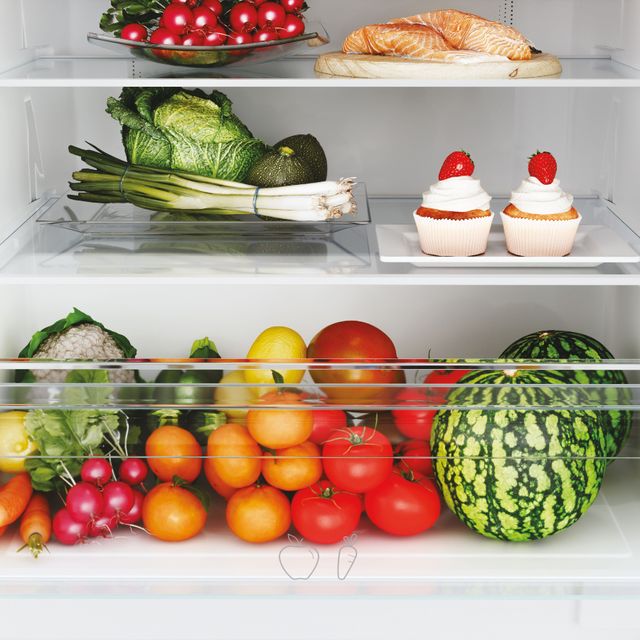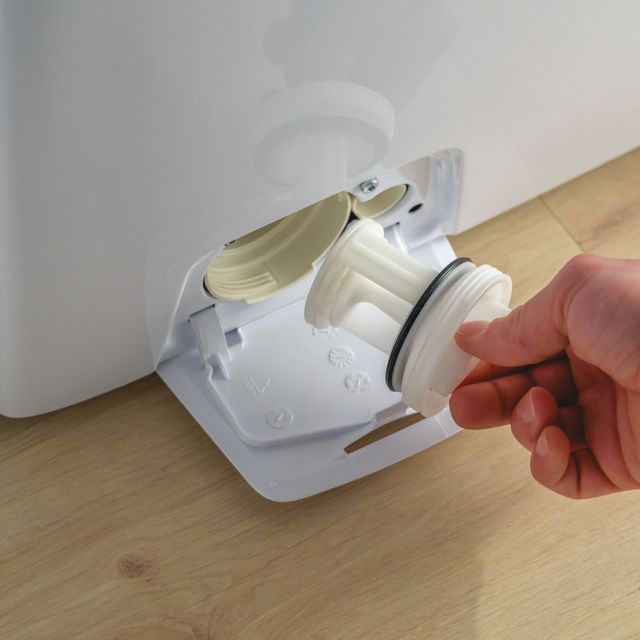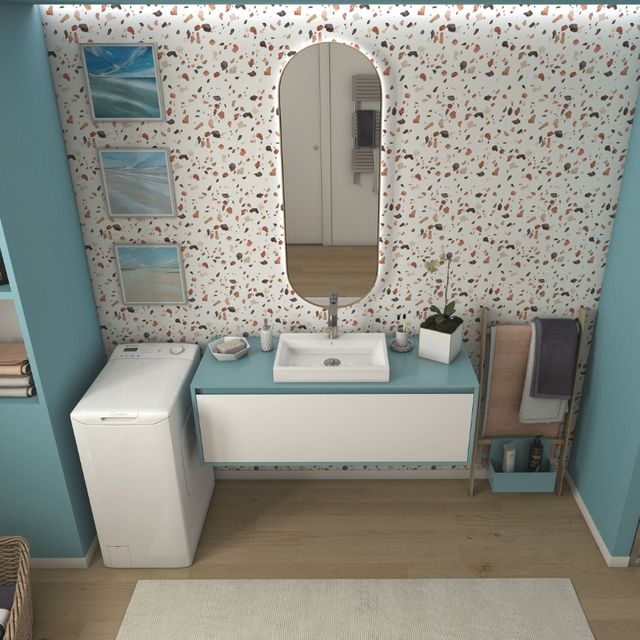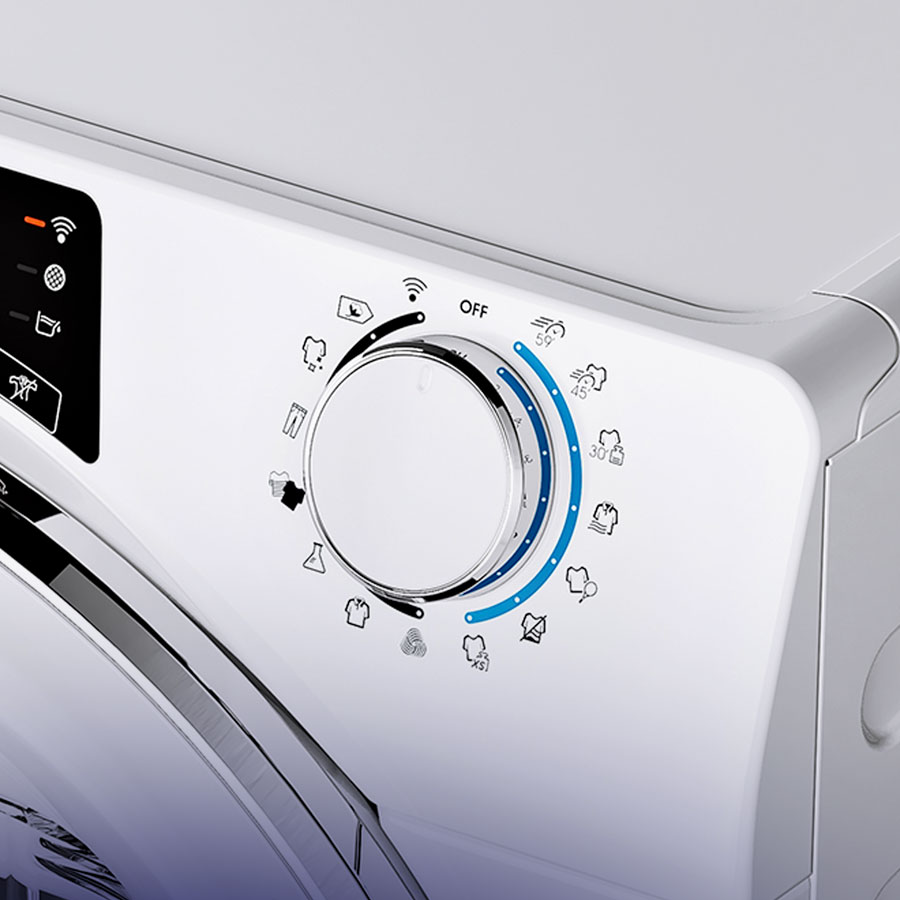Knives are undoubtedly among the most useful (and used) objects in the kitchen. Although today they are produced with types of steel which guarantee that they last longer and are sharper than in the past, it is very important to remember to look after them through regular maintenance and a few minor precautions. Let’s consider the measures we need to take in order to have an effective knife that is always ready for tasks in the kitchen.
A good first step to maintaining a knife’s performance is to use it correctly: there are knives designed for every job and for every type of cut in the kitchen. Although knives such as chopping knives are suitable for cutting both meat, fish and vegetables, a vegetable knife, for example, is not necessarily suitable for cutting meat or fish. Obviously matters get even more complicated when it comes to tasks such as filleting or boning, which require specific knives, partly to ensure our safety in the kitchen. You must always cut on a special wooden or plastic cutting board and never on glass surfaces.
Blades should always be sharpened with great care. Regardless of the type of knife, using a honing steel is not recommended for prolonged periods: it is much better to use the appropriate stone or to opt for the more practical solution of taking the knives to a professional sharpener. It is enough to do this once a year.
It is important not to make the mistake of storing knives in a drawer: this will allow the blades to scrape and bump into other tools, which damages and quickly blunts them. The ideal solution is to have a knife block or a magnetic knife bar, which will also allow you to keep all the knives close at hand. However, if space is an issue, plastic or silicone blade covers can be a good compromise.





